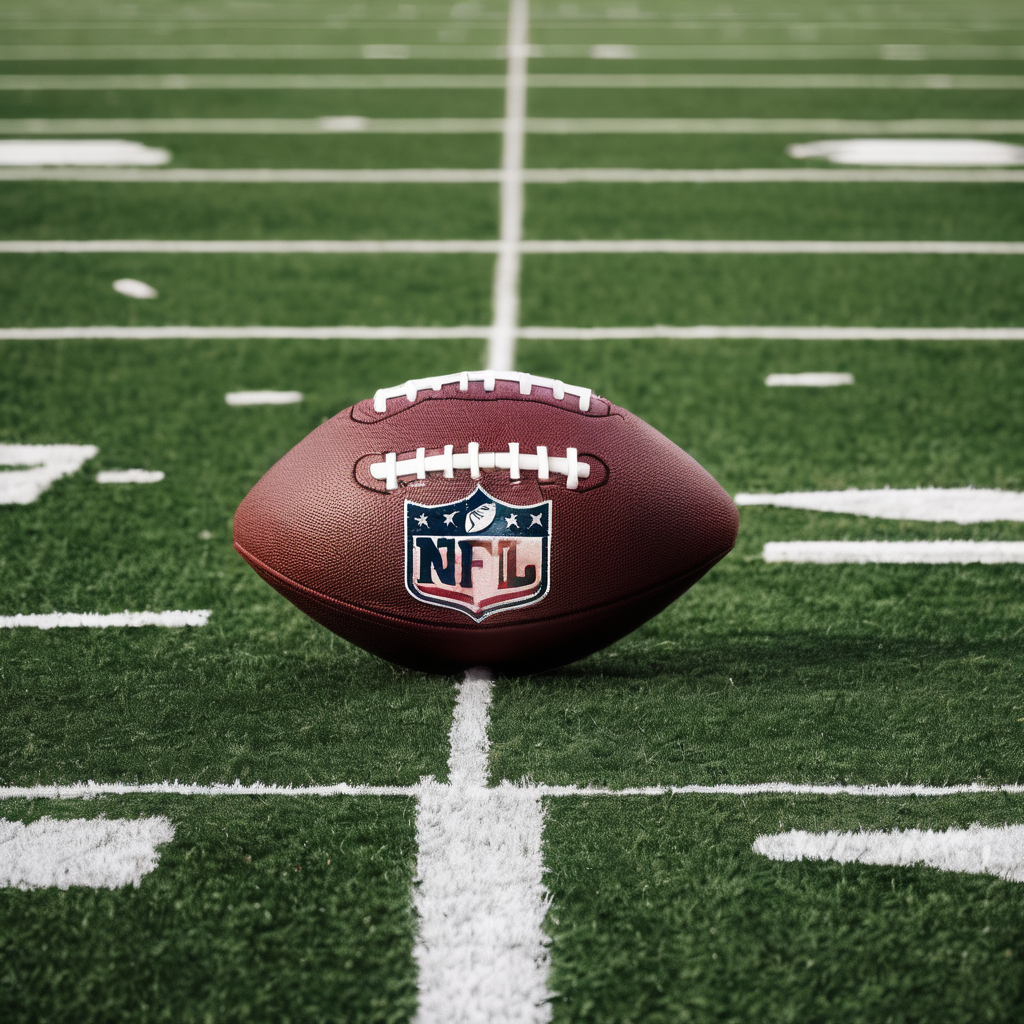In a recent analysis of the New York Giants’ decision-making during the first regular-season overtime under the new rules, experts Mike Florio and Chris Simms delved into the strategic choice made by the team. The discussion centered around the Giants’ unusual decision to kick off at the start of overtime, a move that deviates from typical strategy where teams usually opt to receive the ball.
Under the adjusted overtime regulations, the decision to kick off rather than receive can be seen as unconventional. Generally, receiving the ball provides an immediate opportunity to score and potentially end the game swiftly. However, teams may opt for kicking if they believe their defense can hold off the opposing team and give their own offense favorable field position after a stop.
Florio and Simms explored the potential rationale behind such a choice, considering factors like the Giants’ confidence in their defense or specific match-up advantages that might not be evident to outsiders. While this tactic might work under certain circumstances, both experts caution that it is not a strategy to be applied indiscriminately in every overtime situation.
The Giants’ decision has sparked debate among fans and analysts alike, highlighting the nuances and complexities of in-game coaching decisions. Each choice can be the result of a myriad of considerations, including player performance, opponent strengths, and current game dynamics. While unconventional moves can sometimes lead to advantageous outcomes, they also carry risks, underscoring the challenging nature of strategic decisions in high-stakes moments within the NFL.
In conclusion, while the Giants’ decision to kick off in overtime is intriguing, it serves as a reminder that football strategy often involves a delicate balance of risk and reward, and that what works in one situation may not necessarily be the right choice in another.
Ultimately, the choice to kick off at the start of overtime is a fascinating example of the strategic thinking and calculated risks that are part and parcel of professional football. Whether this will serve as a template for future games remains to be seen, but it certainly adds an interesting layer to the ongoing discourse about game strategy in the NFL.
